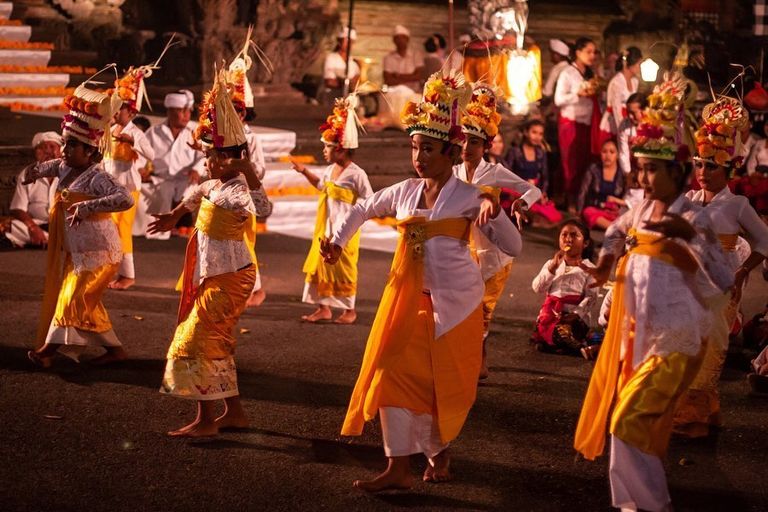
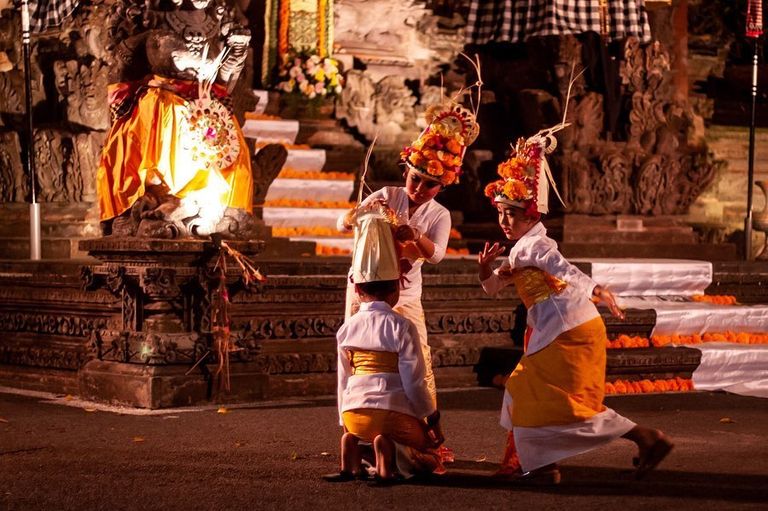
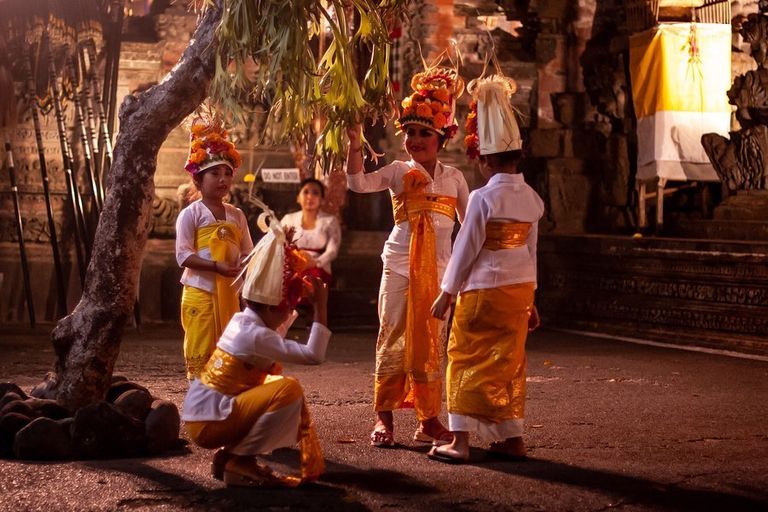
Good afternoon, all blurt friends, today I will be posting again about art, customs and culture. so today I will post about the beauty of the rejang dance in my area, namely in Bali, I hope you all like it

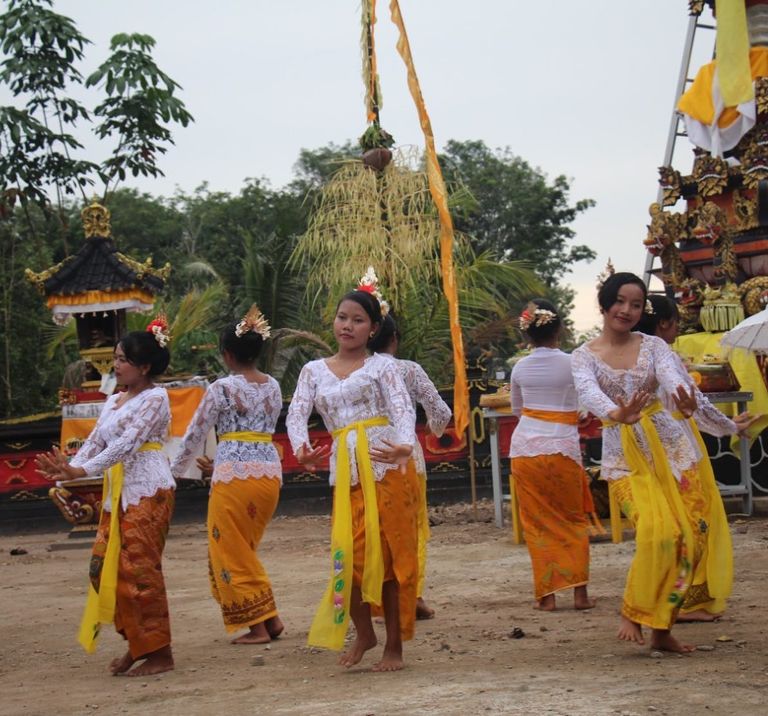
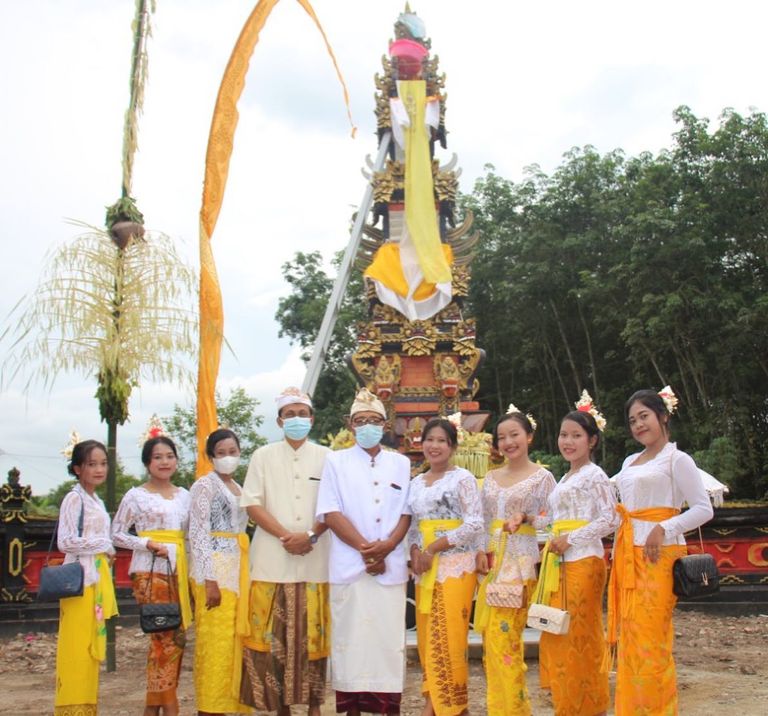
This traditional dance is a dance that is performed as part of the religious rituals of the Hindu community in Bali. Her name is Rejang Dance. Rejang dance is a traditional Balinese dance to welcome and entertain the gods who came from Heaven and came down to Earth. This rejang dance is specifically performed at the time of a traditional or religious ceremony of the Hindu community in Bali. Apart from being one of the cultural heritages, this dance is also believed to have important values in it, especially spiritual meaning, so it is also believed to be a sacred dance and is performed with a full sense of devotion.
Origin of Rejang Dance
According to several historical sources, Rejang Dance is thought to have existed since pre-Hindu times. This dance is performed as a sacred offering to welcome the arrival of the gods who came down to Earth. Among the Balinese Hindu community, this Rejang Dance is always displayed at various traditional and religious ceremonies held at temples such as the Odalan ceremony. In addition, in several places in Bali, this dance is also performed every year, as part of certain commemoration ceremonies in their village environment.
Rejang Dance Function
As stated above, this Rejang Dance is a sacred offering dance in welcoming the arrival of the gods who came from heaven and came down to Earth. This dance serves as an expression of their gratitude and respect to the gods for the favor of descending to Earth.
Rejang Dance Performance
This Rejang dance is usually danced by a number of female dancers in groups or en masse. In general, they are not professional dancers, so it can be done by anyone, whether old, middle-aged, or young women who have been asked or purified before dancing this dance. Even so, in this dance performance there are usually several guides called Pamaret, namely someone who has experience doing it. This marcher is usually in the front row so that novice dancers can follow their movements.
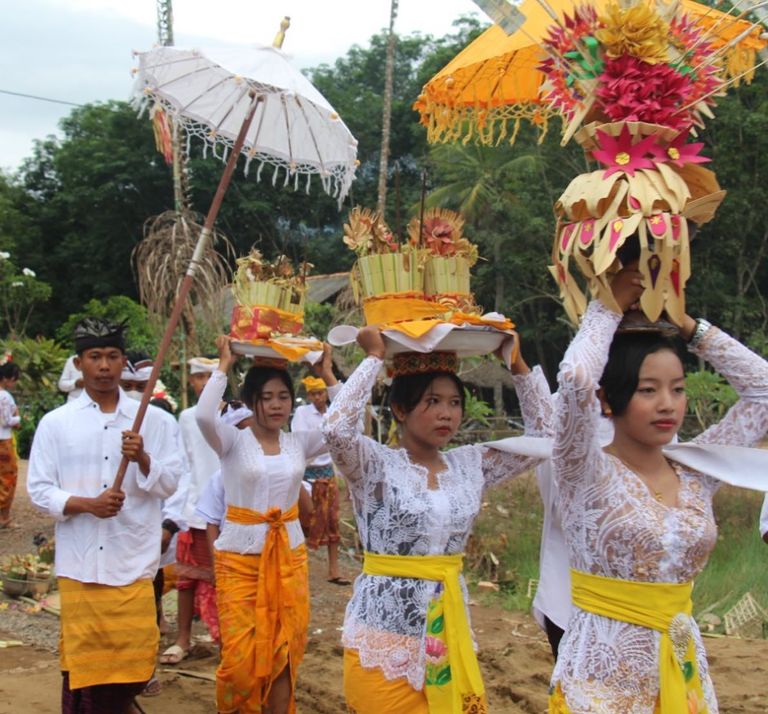

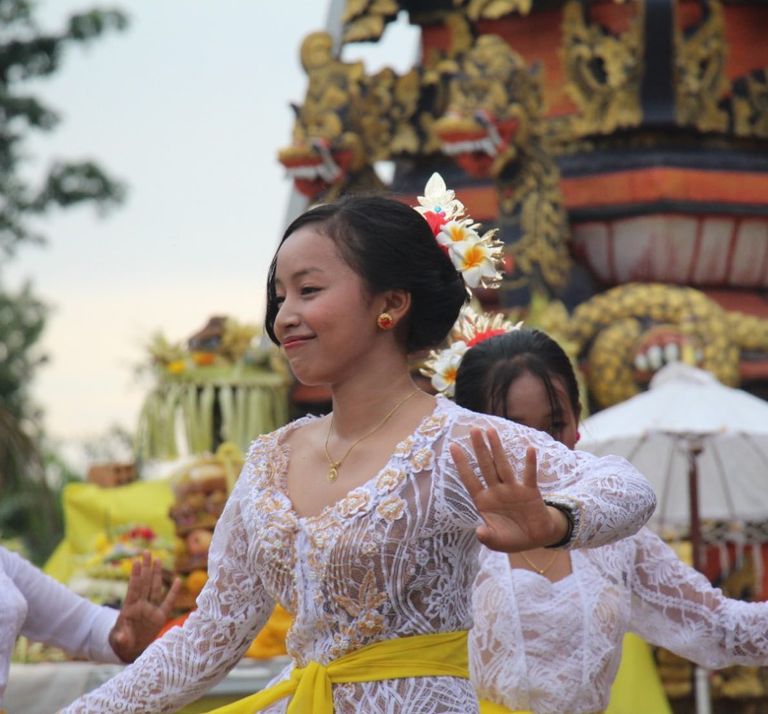
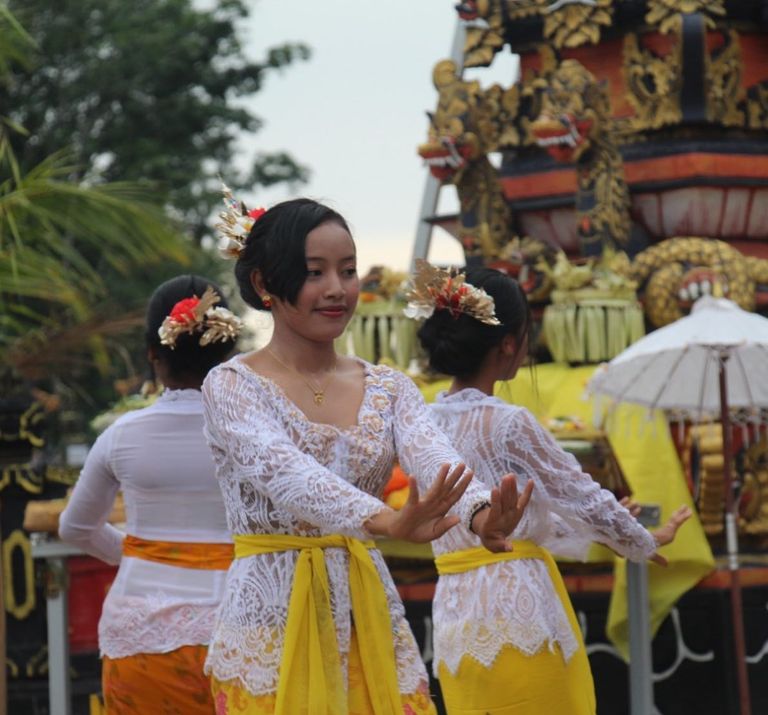
Rejang Dance Movement
In general, the movement of the Rejang Dance is very simple. This is because in this dance it focuses more on the spiritual value in it. This Rejang Dance movement is usually dominated by ngembat and ngelikas movements or left and right movements which are done while slowly stepping forward. Every movement in this dance is usually done at a tempo that tends to be slow and also adapted to the existing musical accompaniment, so that it feels wisdom and looks harmonious.
Rejang Dance Accompaniment
In this Rejang Dance performance, it is usually accompanied by Balinese gamelan music. The gamelan music is generally gong kebyar, but there are some who eat other gamelan such as gamelan selonding or gamelan xylophone. In addition, in the Rejang dance performances, there are also vocals, such as songs or songs.
Rejang Dance Dress
The clothes used in this Rejang Dance are usually Balinese traditional clothes which are dominated by yellow and white colors. The dress consists of a long white cloth that is worn from the bottom to the dancer's waist. At the top is a series of long, yellow shawl-like cloths wrapped around the dancer's body covering the upper white cloth. While on the head, dancers use a crown made with floral ornaments. For the makeup used by dancers, it is usually simpler and more natural.
The Development of Rejang Dance
In its development, this Rejang Dance still exists today. Apart from being a cultural heritage, this Rejang Dance is also part of the religious ceremonies of the Hindu community in Bali. so that the dance cannot be separated from the life of the people there. In this Rejang Dance performance, special dancers are not performed so that it can be taught from generation to generation and skills in dancing do not just stop.

Welcome to Blurt!
I visited Bali many years ago.
It was nice (but too many tourists...).
I saw this dance.
It is very interesting how they move their fingers.
First of all, I would like to thank you for knowing about our dance in Indonesia, especially in Bali, where I live, and thank you for visiting my country.